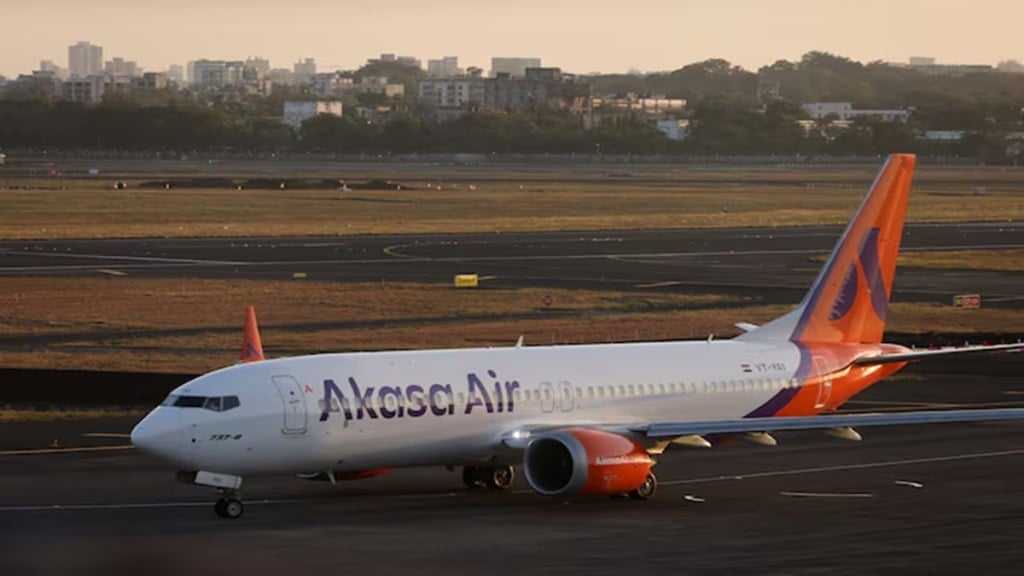Akasa Air is seeing steady improvement in its financial performance and is on track to become operationally profitable soon, according to the airline’s chief financial officer Ankur Goel. Backed by a significant rise in revenue and continued expansion in capacity, the airline has set its sights on operating a fleet of 226 aircraft by the end of 2032.
The airline, which began operations less than three years ago, recorded a 49% increase in revenue for the financial year ending March 2025. Capacity, measured in available seat kilometres (ASKs), grew by 48% over the same period. Goel attributed this growth to a 13% improvement in stage-adjusted revenue per available seat kilometre (RASK), along with better distribution and targeted investments in technology.
Despite industry-wide inflationary pressure, Akasa managed to reduce its unit cost per ASK (excluding fuel) by 7%, while Ebitdar margins rose by 50%. Ebitdar refers to earnings before interest, taxes, depreciation, amortisation, and rent costs, and is a key measure of operational performance in aviation.
Expansion plans
Akasa expects capacity to grow by more than 30% in FY26, continuing its aggressive expansion strategy. The share of international capacity is also set to increase, moving from 16% currently to up to 25% during the ongoing fiscal year.
The airline currently operates 30 Boeing 737 MAX aircraft and expects all 775 of its pilots to be active by the end of March 2026. Akasa has placed firm orders for 226 Boeing jets, with 30 already delivered. Fleet additions will include Boeing 737-10 aircraft, featuring up to 227 seats, beginning in 2027. The airline expects fleet capacity to grow at a compound annual growth rate of 25% to 30% over the next seven years.
Domestic demand
Ancillary revenue contributes about 10% to Akasa’s overall earnings. The airline currently offers over 25 ancillary services and sees this segment as a key area for growth.
Goel noted that demand in the domestic market remains strong and has not been affected by recent incidents involving other carriers. He added that while capacity across aviation is growing at around 8%, demand is increasing at nearly double that rate.
“If we focus only on short-term profitability, we will miss long-term opportunities,” Goel said. “This is the golden decade of Indian aviation,” he added.


